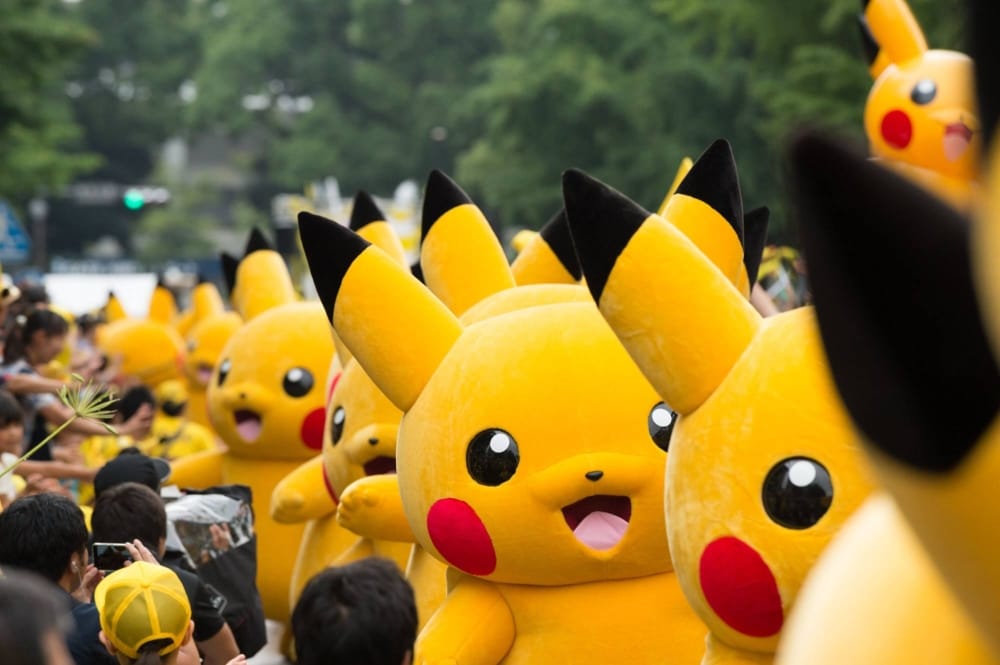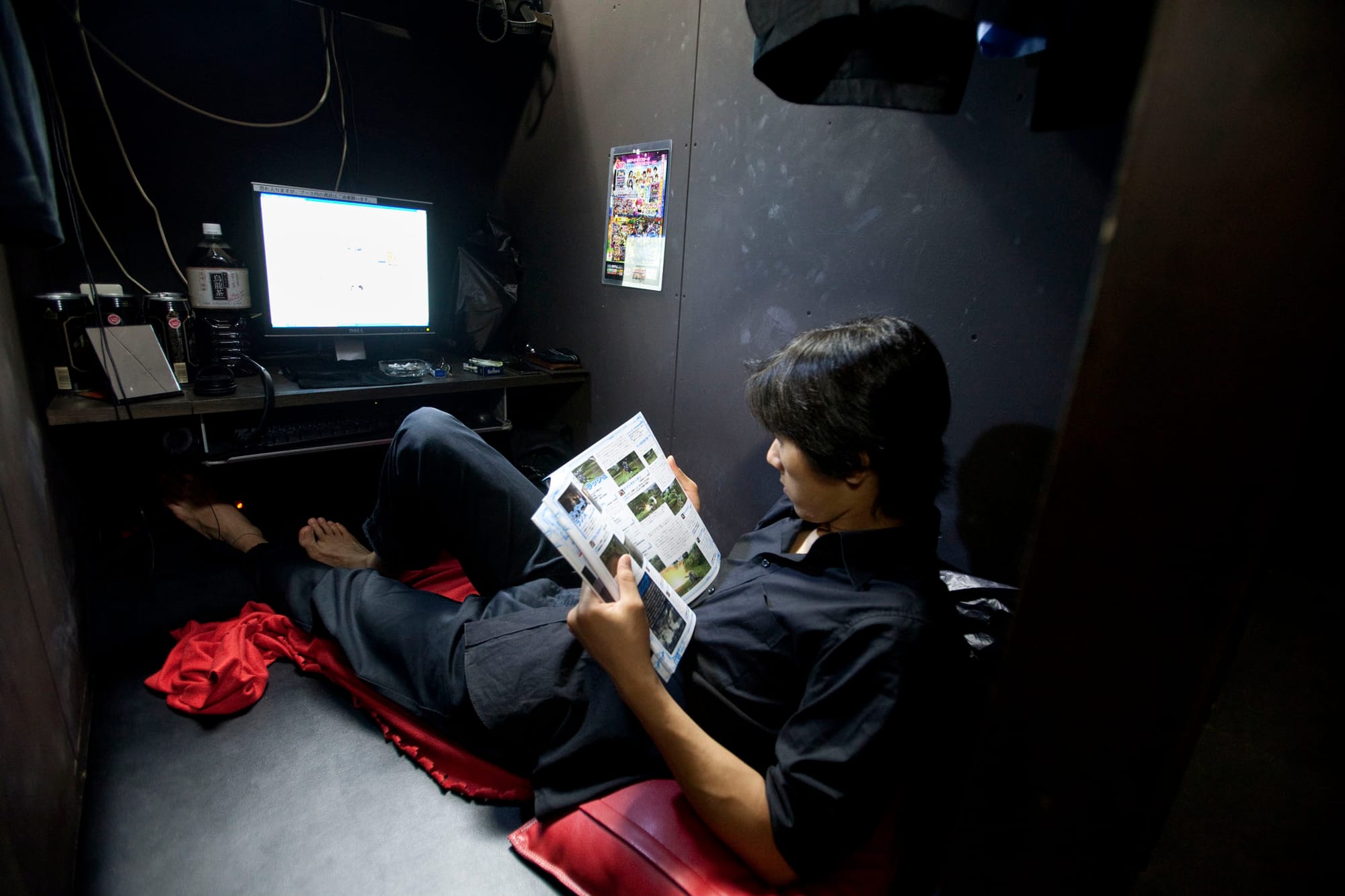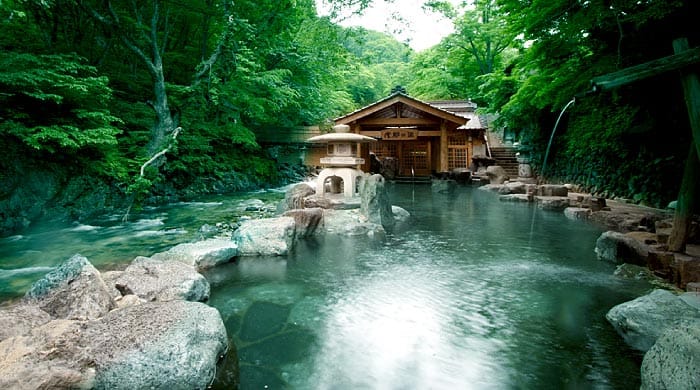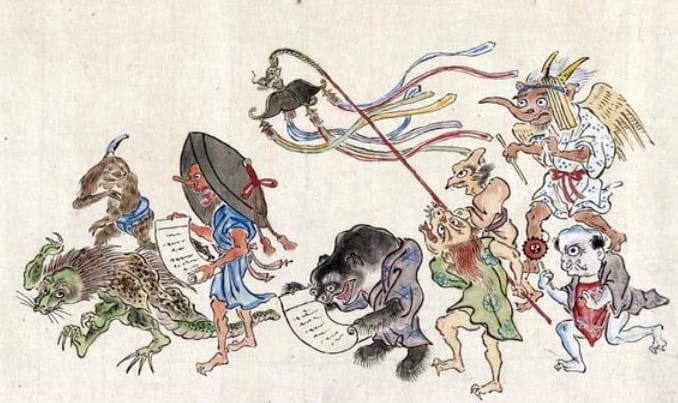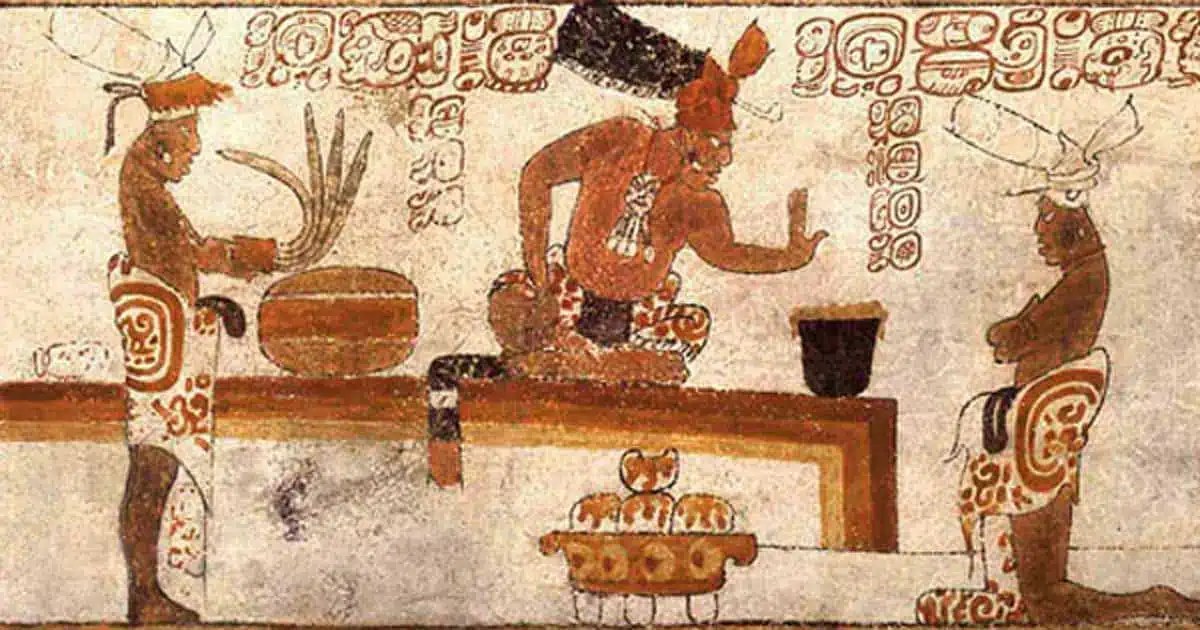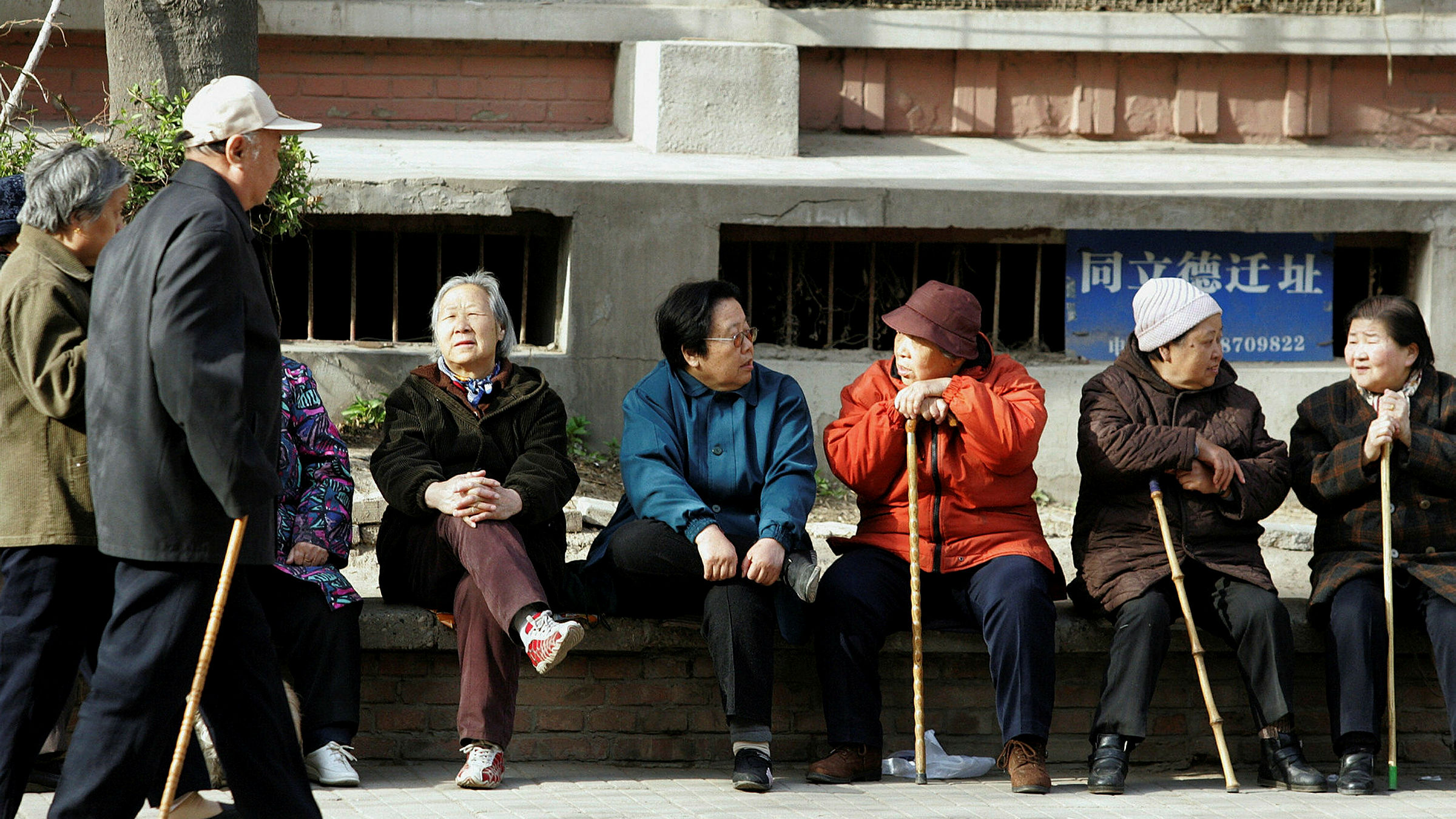Kawaii culture can be defined as the culture of ‘cuteness’ in Japan, including characters, humans and items being childlike, pretty, vulnerable and shy. This culture has had a huge impact on Japanese society, being an invaluable tool to societal improvement and crucial to defining the image of the country. It is quite clear that kawaii culture has had a largely positive effect on Japan, contributing to a dynamic pop culture residing both in the country and elsewhere in the world, and also simply improving people’s quality of life through simple, therapeutic features such as writing. Overall, Japan’s appeal relies on kawaii culture, but is it possible that it can be detrimental too?
To begin with, kawaii culture has improved the lives of young adults in Japan who often view their adult lives as burdensome and bleak, and so especially for unmarried women, a sort of rebellion against societal expectations is used in the form of kawaii. Women who don’t end up getting married with their own children benefit from kawaii by using such things as Hello Kitty and other creatures to provide them with a way of expressing and nurturing talent that they otherwise would find difficult to use. In addition, women can retreat into their innocent selves, almost a break, thus ameliorating the state of living of women. Moreover, kawaii culture’s prominent impact lies in its versatility, being something that can be enjoyed by anyone. Indeed, not only women but men can benefit from kawaii culture as Hello Kitty for example as a line of menswear and teenage boys sometimes have tattoos of other Sanrio characters (the company that created the Hello Kitty brand).
A central feature of kawaii culture is its culmination in the introduction of new trends, fashion and business opportunities. The Kumamoto prefecture government have coined Kumamom, a black and white cute bear with vibrant red cheeks as their mascot. Created in 2010, its purpose was for a campaign to draw tourists to the region after the Kyushu Shinkansen opened. Through tourism and product sales, the use of Kumamom has generated 1.2 billion US dollars, blessing the economy of the area and of the whole of Japan too. Moreover, business opportunities created by the fashion industry have become rife especially in recent years. The largest companies include Uniqlo and GU which are home-grown companies, but Western companies too like H&M and Zara are investing in Japanese fashion, as well as Shein and Forever 21. Not only does this produce a pull factor for fashion designers and retail company workers to live and work in Japan, on its own benefitting the economy, but hybridisation has also taken place, with fusions of Western and Japanese designs, a great example being the ‘gyaru’ style of clothing. Thus, fashion brews a combination of kawaii roots and fashion designs familiar to western consumers, increasing the expanse of Japanese fashion across the world, and its ability to sell.
Marketisation of kawaii culture has opened many doors in other countries such as the UK, which has an event in London called Comic Con where many fans of anime, manga and cosplay gather. Indeed, the development of anime which the use of kawaii has strongly fuelled, has extended Japan’s reach all across the western world. Most notably, the anime Pokémon has been a huge hit over the last nearly 30 years, and has contributed to the positive image of Japan, with most millennials in the western world holding Pokémon very close to them when they think of their childhoods. Moreover, it has a huge sale of merchandise, especially plushies and Pokémon cards that are sold in other countries, improving Japan’s economy, while also bringing in tourism to Japan with plenty of Pokémon merchandise available, and almost mascot Pokémon for many prefectures, attracting Pokémon fans from across the world to multiple areas in Japan. Likewise, the video game and console company Nintendo has done the same. Due to the popularity of the video game franchise Super Mario, a Super Mario theme park at Universal Studios Japan was opened in early 2023, causing yet another revival in the fascination with this franchise, and deepening Japan’s influence on the video game industry.
Despite the positives of kawaii culture in Japan, it has its drawbacks. Firstly, the monetisation of cuteness by organisations has had negative financial and environmental effects. The mass sale of merchandise of course contributes to carbon emissions through the manufacturing process, and environmentally friendly fibres may not always be used. However this should not draw back from the use of the kawaii, and if safer alternatives are used in making products and recycled material is used more then these consequences can be diminished. Indeed Japan has a proven track record of reaching for environmental sustainability and aims to be carbon neutral by 2050. Thus the environmental drawback can be made smaller.
Additionally, the idea of cuteness can often be taken out of proportion and lean more into seeming to target sexual attractiveness. This is especially evident in a number of anime, including Netflix’s Kakegurui and Sword Art Online, both having features of young girls being sexualized, with Kakegurui being a worse example where the protagonist, Yumeko Jabami is just a schoolgirl, and sexual undertones are portrayed. Indeed, the ‘schoolgirl’ image that has been created through anime has been dangerous, with the innocence of girls in the idea of cuteness becoming too close to sexual desire from men. Not only this, but unrealistic expectations are created through the portrayal of girls’ bodies in certain anime. These can regrettably contribute to body dysmorphia for girls who views these types of anime, and in worse cases eating disorders. The fact viewers are so worldwide is particularly poignant here as not only in Japan, but all across the world are these effects taking place, with many girls in the UK wanting to change their bodies to seem more like ‘perfect’ bodies of anime characters whom they may also cosplay. Because many anime feature sexualisation of young girls, negative stereotypes are formed, and as this is a growing issue, viewership of anime has been decreasing among young people in some parts of the Western world as people can be disgusted by some of the tropes. Therefore, the use of kawaii culture in anime and manga has to be carefully placed and must stick to its core without deviating to a sexual area, as a pure image of cute Japan can be promoted on a huge scale with anime’s popularity, but similarly, on a mass scale negate Japan’s image if the wrong tropes are portrayed in Japanese media that is popular in the west.
In conclusion, kawaii culture has made its revolution in Japan, defining its image for the wider world. Despite the drawbacks that exist, there are few, and since the late 1960s, cuteness has been an indispensable ingredient in a multitude of pop culture, making Japan a more dynamic place to live and appealing to the Western world too. It is a precursor to the idea of ‘Cool Japan’ which the government has weaponised to raise the level of tourism in Japan, proven extremely successful in the past many years
Bibliography:
Eightify,app
Blogs.uoregon.edu
Japan.travel
Irresistible – book by Joshua Paul Dale Covue.com
